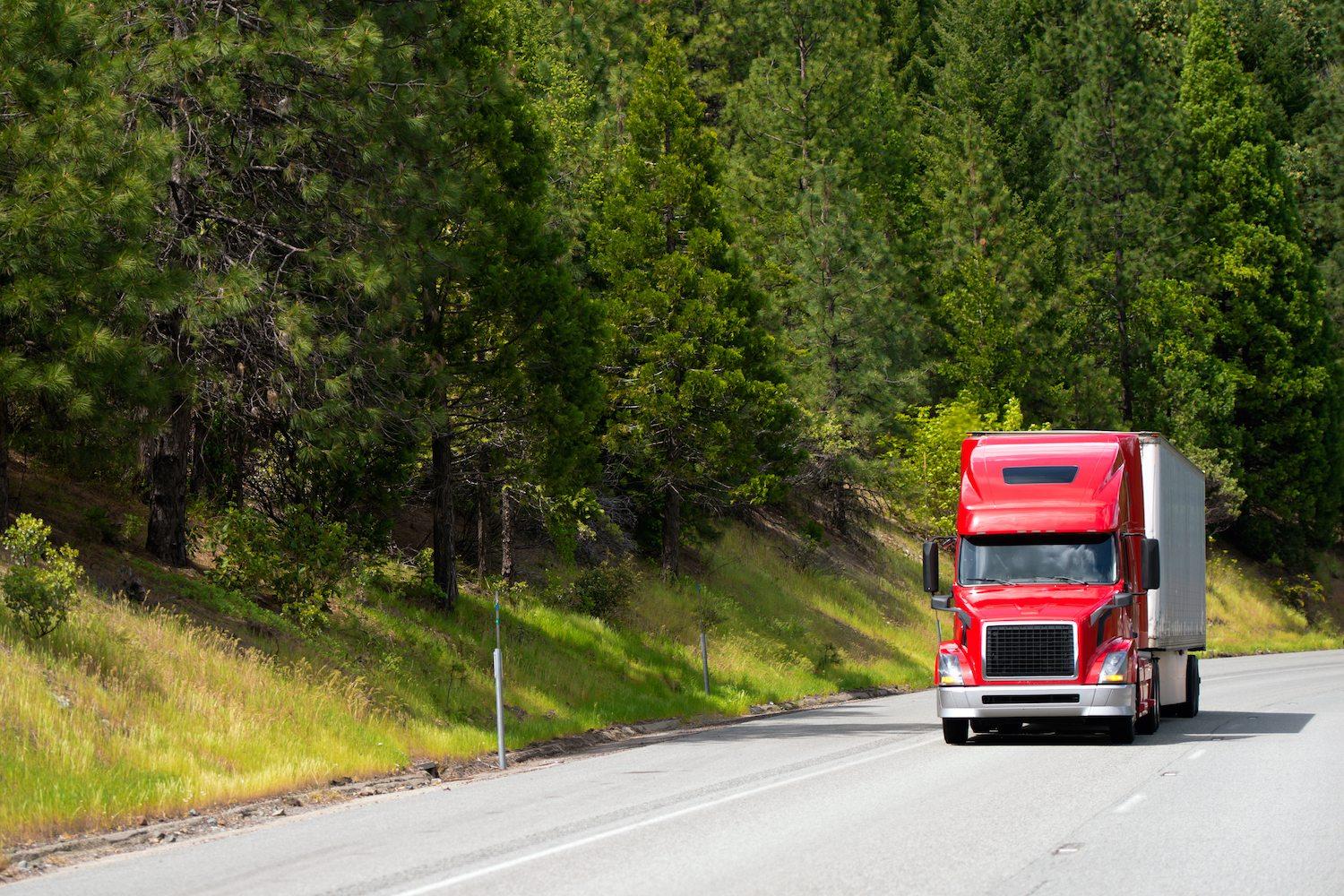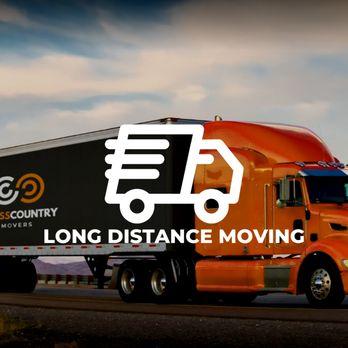introduction
In the intricate tapestry of life, relocation frequently enough emerges as one of the most significant threads, intertwining aspirations of new beginnings with the practicalities of physical transition. Whether moving for a fresh start, a new job chance, or simply a change of scenery, the journey of long-distance relocation can be both exhilarating and daunting.Enter the world of cross country movers—experts skilled in transforming the chaos of packing, transporting, and unpacking into a seamless experience. This complete guide aims to demystify the process of long-distance moving, providing essential insights, practical tips, and considerations to help you navigate your next big adventure with confidence. From selecting the right moving company to understanding the logistics of your journey, let us help you turn the page to your new chapter with ease.
Understanding the Essentials of Long-Distance Moves
Planning a long-distance move involves more than just packing up your belongings and hitting the road. Organizing effectively can mean the difference between a successful relocation and a stressful experience. Consider the following steps to streamline your process:
- Establish a Timeline: Create a detailed schedule that includes dates for key tasks such as booking a moving company, packing, and notifying utility providers.
- Budget Wisely: Factor in all the costs associated with your move, from hiring movers to potential temporary housing, ensuring you have a financial cushion for unexpected expenses.
- Declutter: take the opportunity to go through your belongings and donate or dispose of items you no longer need, reducing the overall weight and cost of your move.
Choosing the right moving company is crucial for a long-distance move. Look for companies that specialize in long-distance relocations and consider the following factors:
- Reputation: Research online reviews and testimonials to ensure the company comes highly recommended.
- Services Offered: Ensure they provide the specific services you may need, such as packing, storage, and insurance coverage.
- Licensing and Insurance: Confirm they are properly licensed and insured,giving you peace of mind throughout the transition.
Communication is key during your relocation. Establish clear lines of communication with the moving company to avoid misunderstandings. Make sure to:
- Confirm Details: Verify pickup and delivery dates and routes to ensure alignment with your expectations.
- Provide Inventory: Share a detailed inventory list with the movers to streamline loading and unloading processes.
- Stay Available: Be reachable throughout the move to address any concerns that may arise in real-time.

Choosing the right Cross Country Moving Company
When it comes to relocating across the country, finding a reliable moving company can set the tone for a smooth transition. Start by researching reputable movers in your area. Look for companies with positive online reviews, and check their ratings on platforms like Better Business Bureau. Consider the following aspects when evaluating potential movers:
- Experience: Look for companies with a proven track record in long-distance relocations.
- Insurance: ensure they offer adequate insurance options to protect your belongings during the move.
- Services Offered: Determine whether they provide packing, storage, and special items handling.
Once you have narrowed down your options, request quotes from several companies. A detailed estimate should break down costs, including fuel, labor, and additional fees. Pay attention to these components:
| Company | Base Cost | Additional Fee | Total Estimate |
|---|---|---|---|
| Reliable Movers | $1,200 | $150 (Insurance) | $1,350 |
| Fast Track Movers | $1,000 | $200 (Packing Supplies) | $1,200 |
| National Movers | $1,400 | $100 (Fuel Surcharge) | $1,500 |
After receiving estimates, schedule a home visit or virtual consultation for a more accurate quote. This also allows you to gauge their professionalism.During your interaction, don’t hesitate to ask about their cancellation policies, timelines, and any hidden fees. the right choice will not only facilitate your move but will also provide peace of mind knowing your belongings are in capable hands.

Packing Strategies for a Smooth Relocation Experience
When preparing for a long-distance move, the art of packing can make all the difference between a chaotic experience and a well-organized transition. Start early to avoid the last-minute rush; ideally, begin packing at least a month before your departure. Gather quality packing materials such as sturdy boxes, bubble wrap, and packing tape. Make a detailed inventory of your belongings to keep track of what you need to pack, ensuring that no essentials are forgotten.
As you pack, consider the importance of labeling. Clearly label each box with its contents and the room it belongs to in your new home. Use colour-coded stickers for different rooms to simplify the unloading process. Additionally, prioritize your packing by starting with items you use less frequently, such as seasonal clothes or seldom-used kitchenware. This way, you won’t disrupt your daily routine as you prepare for the move.
| Packing Tips | Description |
|---|---|
| Use Padding | Wrap fragile items with bubble wrap or towel padding. |
| Box Size Matters | Use smaller boxes for heavy items and larger ones for lighter items. |
| Essentials Box | Pack a separate box with essentials for the first few days. |
| Keep Hardware Together | Store screws and fittings in labeled bags for easy assembly. |

Navigating Post-move Challenges: settling into Your New Home
Transitioning into a new home after a long-distance move presents its own set of hurdles that can feel overwhelming. The new surroundings, unfamiliar layouts, and the challenge of home organization can complicate the settling-in process. To ease your journey, consider creating a moving-in checklist tailored to your new space. This may include tasks like updating your address, unpacking essentials first, and prioritizing each room based on usage, which can help you manage the chaos that often follows a move.
another key aspect of feeling at home is establishing a sense of community.You can start by exploring local resources and services, which may include:
- Local grocery stores to stock up on essentials.
- Nearby parks for outdoor activities and relaxation.
- Community events to meet neighbors and get involved.
Don’t shy away from introducing yourself to those living nearby; personal connections can significantly enhance your experience and ease any feelings of loneliness.
As you become familiar with your new environment, consider personalizing your space to reflect your personality. You might create a home décor plan that focuses on key areas like:
| Area | Suggestions |
|---|---|
| Living Room | Incorporate artwork that resonates with you. |
| Kitchen | Add colorful dishware or plants to liven it up. |
| Bedrooms | Choose bedding that reflects your style. |
these small touches will create a welcoming atmosphere, making it easier to transition from your previous home to your new sanctuary. Embrace the journey and allow yourself time to adjust and settle in.
Closing Remarks
As you embark on the journey of long-distance relocation, choosing the right cross-country movers can make all the difference between a smooth transition and a chaotic experience. With careful planning, thorough research, and the insights shared in this guide, you can approach your move with confidence and clarity. Remember, it’s not just about transporting your belongings; it’s about creating a new chapter in a different place. Embrace the adventure ahead, and trust that with the right support, your relocation can be a seamless transition into your next great adventure. Safe travels and happy moving!
